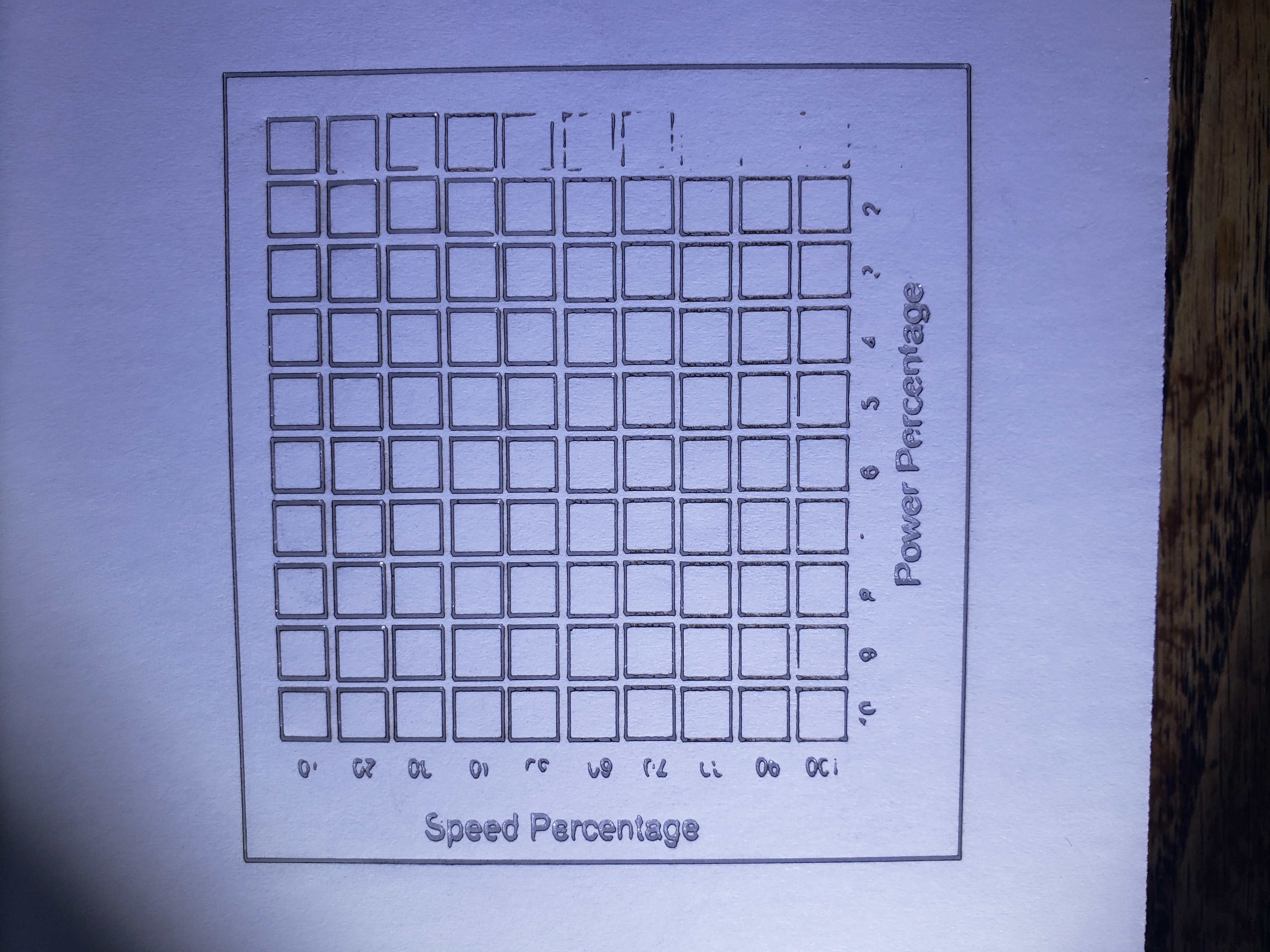


If the beam is refocused, the hazard of Class 1M lasers may be increased and the product class may be changed. The MPE for a Class 1M laser cannot normally be exceeded unless focusing or imaging optics are used to narrow the beam. Class 1M lasers produce large-diameter beams, or beams that are divergent. The maximum emission is also related to the pulse duration in the case of pulsed lasers and the degree of spatial coherence.Ī Class 1M laser is safe for all conditions of use except when passed through magnifying optics such as microscopes and telescopes. For example, a continuous laser at 600 nm can emit up to 0.39 mW, but for shorter wavelengths, the maximum emission is lower because of the potential of those wavelengths to generate photochemical damage. This class includes high-power lasers within an enclosure that prevents exposure to the radiation and that cannot be opened without shutting down the laser. This means the maximum permissible exposure (MPE) cannot be exceeded. Lasers are classified by wavelength and maximum output power into the following safety classes:Ĭlass 1: A class 1 laser is safe under all conditions of normal use. Infrared and ultraviolet lasers are particularly dangerous, since the body's "blink reflex", which can protect an eye from excessively bright light, works only if the light is visible. Certain wavelengths of laser light can cause cataracts or even boiling of the vitreous humor, the fluid in the eyeball. The coherence and low divergence of laser light means that it can be focused by the eye into an extremely small spot on the retina, resulting in localised burning and permanent damage in seconds.

Even low power lasers can be hazardous to a person's eyesight.


 0 kommentar(er)
0 kommentar(er)
